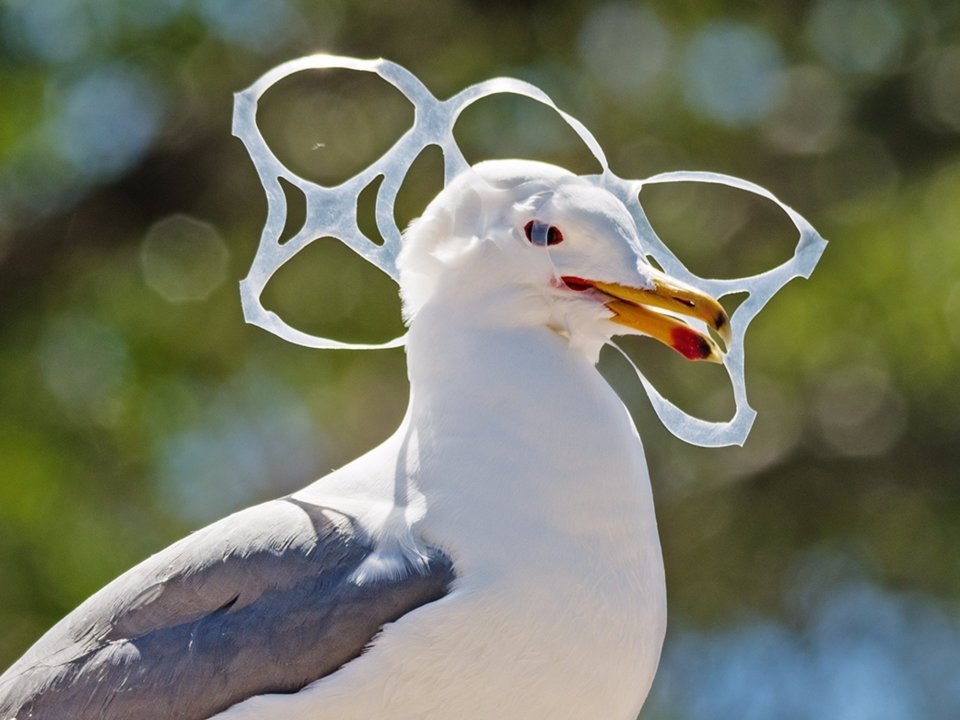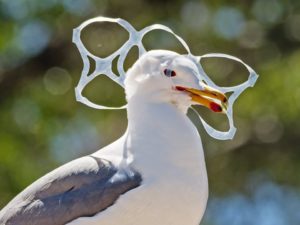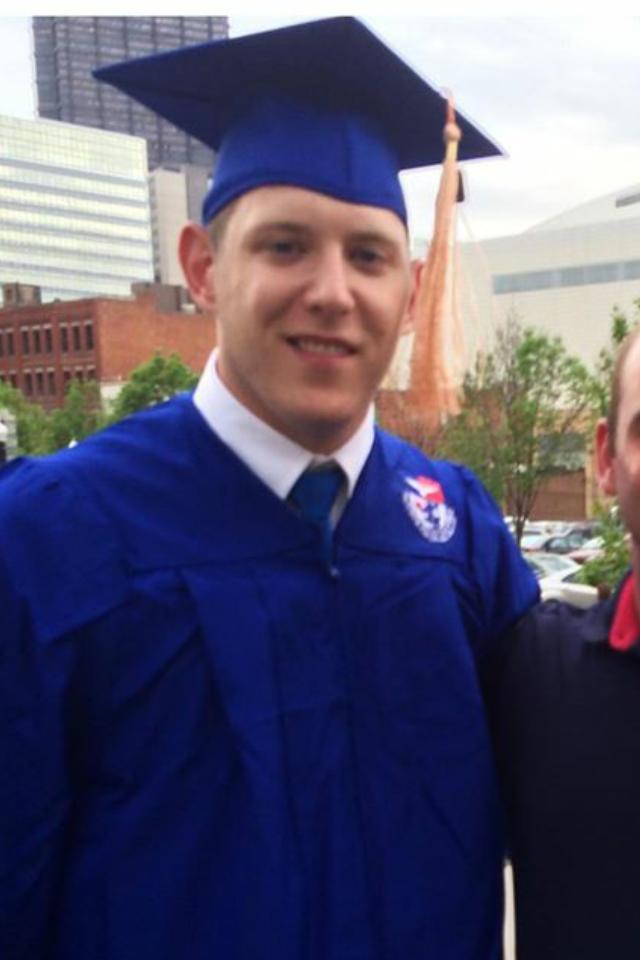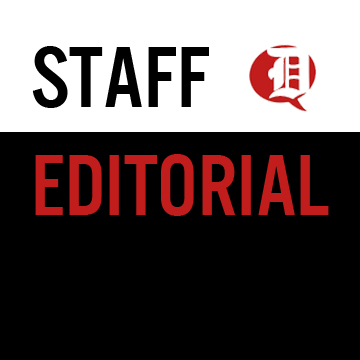

More than 100 million marine animals die each year as a result of plastic pollution in the oceans, according to conserveseaturtles.org.
Rachel Pierce | Staff Columnist
04/26/2018
There’s a lot of talk about human activity changing our climate, the effects of which would ultimately halt the human race. But what about the lives we are terminating without a voice?
We don’t even have to look at future trends to know that we are impacting the lifespan of animals; our past can tell us a lot. We used to have sloths the size of elephants and car-sized armadillos. Rhinos used to be 10 times the size they are now. The Atlantic’s recap of the study proposes that it is human activity that has led to size-selective extinction, or megafauna extinction.
Size-selective extinction refers to the trend that large mammals are at a greater risk for extinction. The Atlantic discusses a new study called “Body size downgrading of mammals over the late Quaternary” conducted by Felisa Smith from the University of New Mexico that examines this trend. Smith believes that size selective extinction began in the Homo erectus era, about 2 million years ago. This period marks the shift from plant-based diets to meat-enriched diets. This is when animals first were hunted.
So why the big animals? The Atlantic reports that by 15,000 years ago, the average mass of a mammal in North America dropped from 216 pounds to just 17. In addition, by the time hominids left Africa, the mammal population had decreased by 50 percent. Large animals can withstand fluctuations in climate and geography over the decades. Smith simply states, “You hunt a rabbit, you have food for a small family for a day. You hunt a mammoth, you feed the village.”
But it’s not just hunting that threatened these large mammals thousands of years ago. The growing Homo sapien population encroaches upon their space to live.
The United Nations Population Fund notes that it took hundreds of thousands of years for our own population to reach 1 billion, but within the last 200 years we are now at 7.6 billion people. We need more room, and that means pushing the large mammals out.
“It doesn’t take a lot to make a species go extinct. Humans didn’t need to go out and kill every last individual, all you need is a stressed population and just enough hunting pressure to keep fertility rates below replacement levels. Eventually a population will collapse,” explained Advait Jukar from George Mason University to The Atlantic.
I find this quote to be critical when talking about the impacts of human activity. Our ecosystem and food chains are fragile. It can be difficult for some to grasp the idea that humans are changing the atmosphere and that we are killing species. But once we realize how fragile our world is, it is easy to see how this happened.
Other factors must be considered. Over the past several million years, there have been major geographical and climate changes. It is hard to single out humanity as the root cause of size-selective extinction. But Smith points that “when it got warmer or colder, it didn’t select for bigger or smaller animals. It’s only when humans got involved that being large enhanced your extinction risk.” In this case, correlation also seems to be the cause.
For thousands of years, hunting and growing human populations have been a steady threat to wildlife, but the modern world has imposed a new danger to wildlife: treating animals’ habitats as one, large communal trash can.
The Washington Post compiled numerous incidents across the U.S. where animals were found stuck in pieces of trash. Many were stuck for five, 10 days at a time. Greg Grim, a volunteer and board member for the Gold Country Wildlife Rescue in Auburn, California says this “happens all the time, and most of the time we don’t even know about it, because the animals die.” The rescue saves about 3500 animals each year. Unfortunately, this is only a fraction of those caught in our soda tops.
The problem is not limited to the United States. Activists in the United Kingdom became so disturbed, McDonald’s changed its McFlurry cup. KFC also promised to change its lids on the Krushems milkshake.
On a large scale, human activity is changing wildlife and has been for millions of years. Hunting and closing in on large mammals habitat has squeezed out the last of a population. While we cannot individually halt our population increase, but we can be careful with our trash. Besides the obvious solutions, such as making sure your trash is properly disposed of. The Washington Post suggest folding over or cutting your plastic cups so that animals won’t find their head caught inside a McFlurry lid.
Just because we’re thriving doesn’t mean our furry friends are. The trends are clear. Human activity on a large scale, like population increase, or on an individual scale, like trashing their habitats, impacts animal populations. It’s hard to look at a picture of a starved coyote with its head jammed in a plastic container. It’s even harder to think how it takes only a few steps to a trash can to prevent it in the first place.




